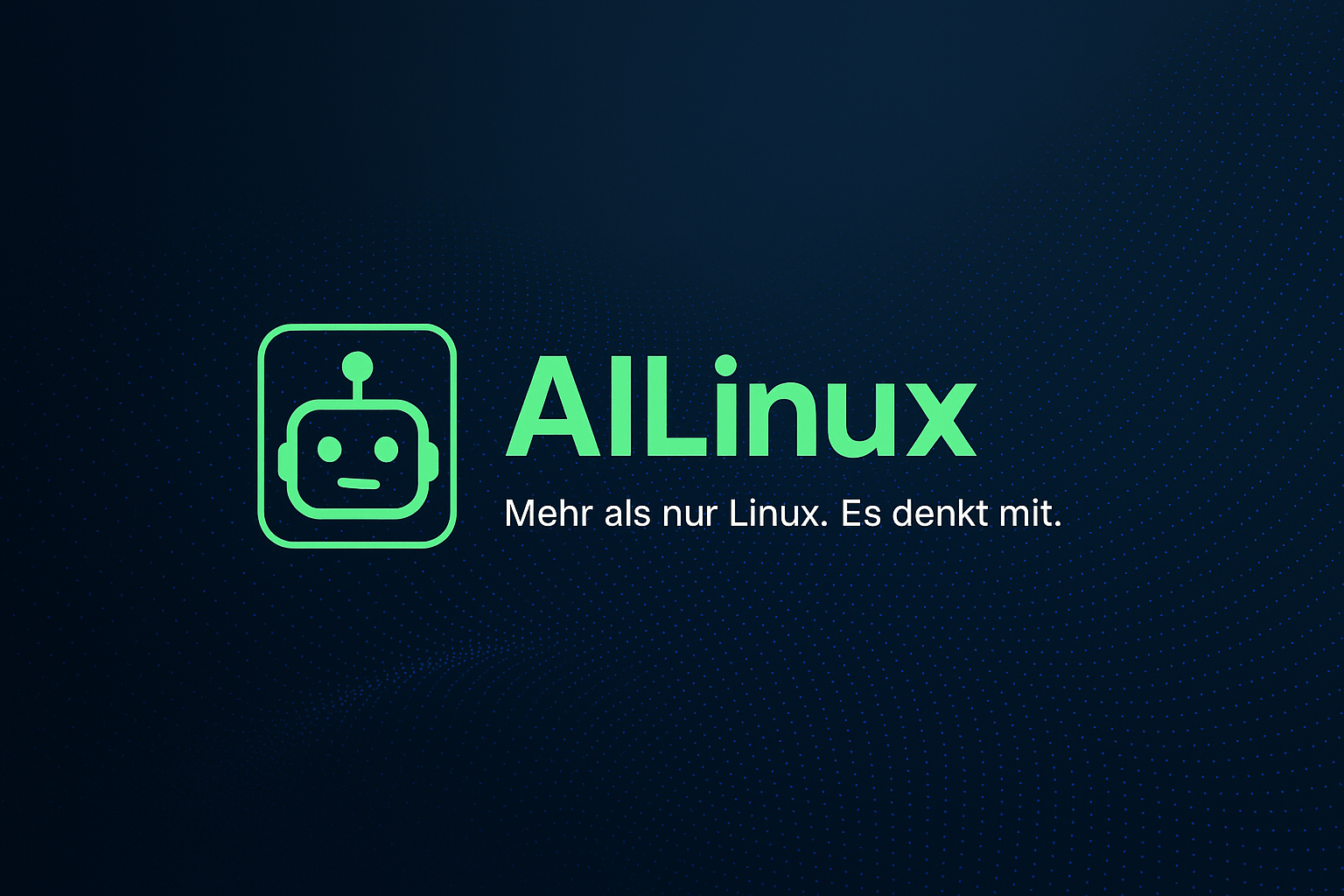When launching a startup, one of the most critical steps is turning your idea into a real product without burning through your entire budget. That’s where MVP solutions come in. A Minimum Viable Product (MVP) allows you to validate your business concept with minimal investment, helping you test, learn, and scale efficiently.
In this article, we’ll explore what MVP solutions are, why they matter for startups, and the best approaches to building a successful MVP in today’s competitive landscape.
What is an MVP?
An MVP (Minimum Viable Product) is a stripped-down version of a product that includes only its core features. It’s built to solve a specific problem for early adopters, allowing startups to test their business idea quickly and gather feedback.
**Key Goals of an MVP:
- Validate product-market fit
- Reduce time-to-market
- Minimize development costs
- Collect user feedback for iteration
- Attract early users or investors
What Are MVP Solutions for Startups?
MVP solutions for startups involve creating a simplified version of a product that solves a core problem for early users. The goal is to build just enough to collect valuable user feedback, test assumptions, and make smarter product decisions.
**Core Benefits:
- Fast time-to-market
- Lower development costs
- Real-world user insights
- Reduced risk of failure
Why MVP Solutions are Crucial for Startups
1. Saves Time and Money
Building a fully-featured product can take months or even years. An MVP allows you to launch a basic version in weeks, helping you avoid wasting resources on unnecessary features.
2. Faster Market Validation
You don’t need to guess what users want. By releasing an MVP, you can get real-world feedback and make data-driven decisions for future development.
3. Attracts Early Investors
Investors are more likely to support startups that can show a working product with early traction. An MVP can serve as a proof of concept to help secure funding.
4. Reduces Risk
By testing the idea early, you reduce the risk of launching a product that no one wants. MVPs help you pivot quickly if needed.
Popular MVP Development Approaches
1. No-Code/Low-Code MVPs
For non-technical founders, no-code platforms like Bubble, Webflow, or Glide can be used to build a functional MVP without writing code.
2. Landing Page MVP
A simple landing page that explains the product idea and includes a call-to-action (like signing up for updates or joining a waitlist) can test interest before you build anything.
3. Wizard of Oz MVP
This approach mimics automation, but tasks are performed manually behind the scenes. It’s useful for validating user behavior before developing full features.
4. Concierge MVP
Offer a service manually to test your concept. For example, if you plan to build a meal planning app, start by planning meals manually for a small group.
5. Prototype or Mockup
Tools like Figma or Adobe XD can help you design and share interactive product mockups with potential users or investors to gather feedback.
Steps to Building a Successful MVP
Define the Problem Clearly
Start with a clear understanding of the user problem you are solving.
Identify Core Features
Focus on the one or two features that are essential to delivering value.
Research Your Audience
Validate the pain point through surveys, interviews, or online research.
Choose the Right Tech Stack
Pick technologies that allow rapid development and scalability.
Build, Test, Iterate
Launch your MVP to a small audience, gather feedback, and improve quickly.
Measure Success
Use key metrics like sign-ups, engagement, and feedback to evaluate performance.
Examples of Famous MVPs
- Dropbox: Started with a simple demo video to test user interest.
- Airbnb: Began by renting out their own apartment and manually handling bookings.
- Twitter: Launched as an internal tool for Odeo employees before going public.
Best MVP Development Tools and Platforms
- Bubble – Visual web app builder
- Figma – UI/UX design and prototyping
- Firebase – Backend as a service for real-time apps
- Airtable – Database and workflow tool
- Typeform / Google Forms – User feedback collection
- Webflow – Design and launch responsive websites
Final Thoughts
MVP solutions offer startups the fastest route to market, helping validate ideas and attract users without heavy upfront investment. Whether you’re a solo founder or a small team, the right MVP strategy can make or break your startup journey.
Start lean, listen to your users, and build iteratively. Remember, the goal isn’t to build a perfect product right away—it’s to build the right product.
